Fender benders happen. And, it turns out, many of them happen the same way.
While it’s always essential to take precautions behind the wheel, being extra aware of these common collisions could help you avoid them in the first place.
So here’s a breakdown of four of the most common types of collisions, according to the Insurance Institute for Highway Safety (IIHS), with driving tips to help you steer clear of trouble while out on the road.
Front-Impact Collisions
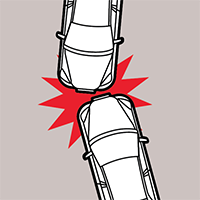 What They Are
What They Are
Front-impact collisions—when the front end of a vehicle hits another vehicle or something on the side of the road, like a tree or telephone pole—accounted for 57 percent of serious crashes in 2019, according to the IIHS.
How To Avoid Them
Front-impact crashes are often caused by slippery roads or other weather-related factors, so it’s important to adjust your driving to fit the conditions, says Russ Rader, IIHS’s senior vice president of communications. Translation: Drive slower in rain and snow, to give yourself more time to react if your car suddenly loses control. And avoid anything that could divert your attention from the road. “Stay off the cell phone, of course, but fiddling with the radio or even talking to a passenger can be a distraction,” says Rader. “Remain focused on the task at hand.” (See more surprising causes of distracted driving.)
Lane-keeping systems also help reduce the frequency of front-impact collisions, according to the IIHS. This feature alerts the driver or even automatically steers a car if it ventures outside of its lane.
Side-Impact Collisions
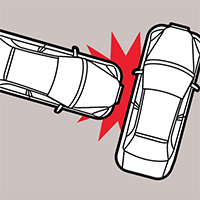 What They Are
What They Are
Side-impact collisions can be either a classic “T-bone” or a sideswipe. The former often occurs at intersections, usually as the result of some sort of confusion regarding which vehicle has the right of way. Sideswipes usually involve a side impact between cars driving parallel to one another in different lanes. According to the IIHS, 23 percent of serious crashes in 2019 were side-impact ones.
How To Avoid Them
Time-tested defensive-driving techniques can go a long way toward reducing your risk. To guard against the classic “T-bone,” be extra vigilant, and always look both ways at stop signs and stoplights—don’t speed to try to catch the yellow light. “When you’re late, you’re more likely to push it and run a red light,” says Rader. To help avoid a sideswipe, always check your blind spot before changing lanes and, when passing cars, be alert for other drivers changing lanes unexpectedly.
Rear-End Collisions
 What They Are
What They Are
Motorists are prone to rear-end collisions in heavy commuter traffic on highways and thoroughfares. The most common causes are driving too fast or too aggressively, or failing to leave sufficient space between you and the vehicle in front of you, according to Rader.
How To Avoid Them
Watch your speed and give yourself plenty of distance, in case the driver ahead suddenly slams on the brakes. To avoid being rear-ended by tailgaters, slow down, move to the right lane if it’s safe to do so, and calmly let them pass. Today’s automatic braking technology can also help keep you safe. Forward-collision warning systems—which provide audible tones or visual alerts to help the driver swerve or brake before a collision occurs—can reduce rear-impact crashes.
Parking Lot Collisions
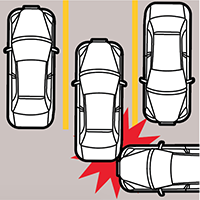 What They Are
What They Are
Dented bumpers are all too common in busy parking lots. They may happen when a car is backing out of a parking spot or where there are multiple cars moving in different directions.
How To Avoid Them
“In parking lots, it can be really difficult to see around you—especially when backing up,” says Rader. His advice: Take a moment to check out your surroundings before getting in the car to pull out of a parking space. If you can, park in a spot farther away from other cars. And if your vehicle has a rearview camera, that’s great—but don’t rely on technology alone to keep your ride scratch-free. “The image on the screen can be distorted by bright sunlight or shadows,” says Rader. “Always use your mirrors as well.”
If you’re ever in an accident (and we hope you never will be), you can have peace of mind knowing your GEICO auto insurance makes the claim process as smooth and painless as possible. You can report and track your claim online, over the phone or via the GEICO Mobile app—whichever is easiest for you. Plus, find out how GEICO’s convenient Auto Repair Xpress® program makes the process as simple as 1, 2, 3!
Read More: Lane-keeping and automatic braking aren’t the only safety innovations. Check out these 5 hi-tech safety features that could soon be standard.
By Rod O’Connor

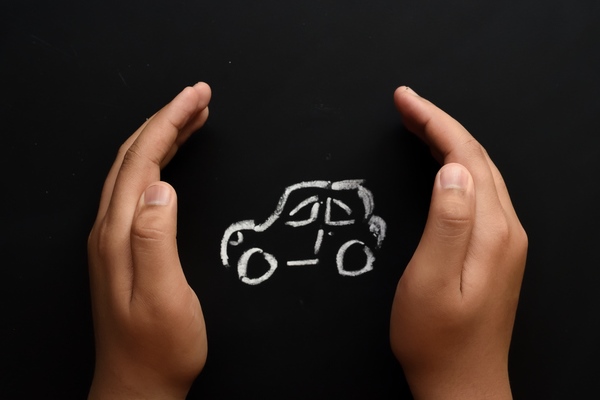


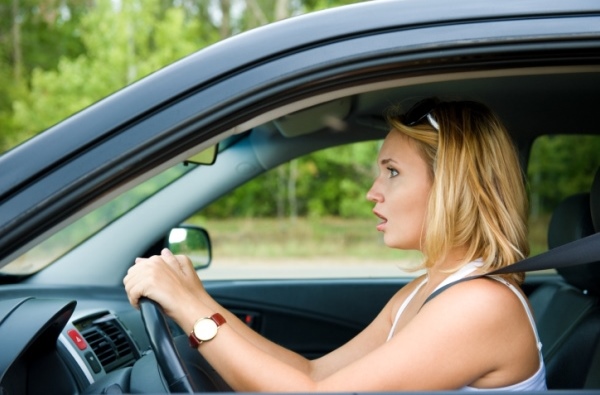

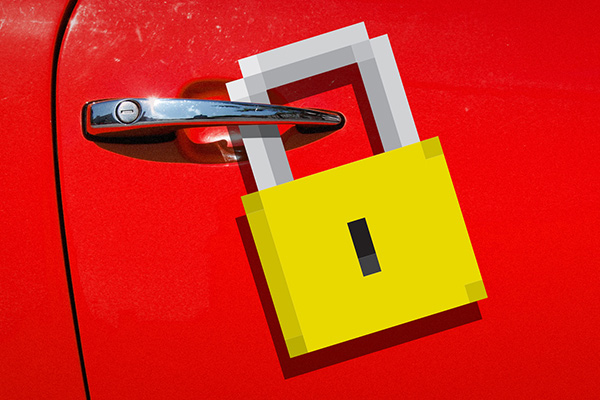
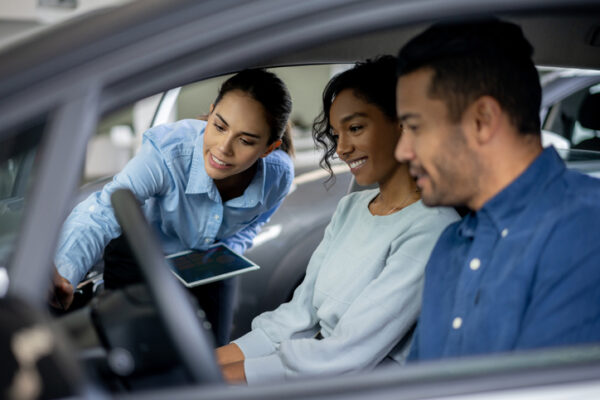
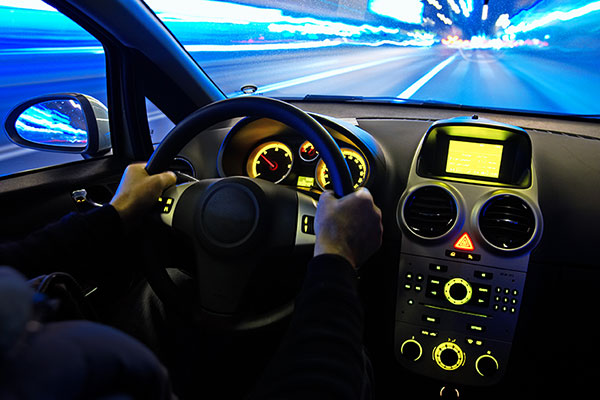

Rich Werges says,
I keep all this stuff in mind when driving but this
email is a great reminder that we have to be
paying 100% attention to our DRIVING
whenever we’re behind the wheel … thanks!
Mohammad O. Popal says,
Useful common sense information, but nothing new. Any driver MUST know these facts during their first month of learning how to drive before the age of 18.
Bruce Bender says,
Thank you for the reminders. As I get older I need them more.
FREDERICK D SCHULKIND says,
In the section about parking lot collisions, note that even if you park farther away from other cars, you might not be farther away from other cars when it is time to pull out. You missed that it can be hard to see around vans or SUV’s when you are pulling out. Even if you avoid such vehicles when parking, you have no control over who pulls out or in afterwards.
Deb says,
Morning, Marianne. Nervous about backing out myself, especially w/kids wearing headphones. They just walk right behind u, parking lots being the worst.
Solution works 4 me is backing into a parking area. Found a few places, businesses won’t allow practice. Otherwise, w/technology/people darting behind me, been a plus.
Myra says,
Awesome..fabulous.thanks for this article. I found it extremely helpful.
Gloria Carroll says,
This article will help me as well as others to be aware of how to avoid collisions in any type of weather. A very good tool to refer to.
john r malone says,
When parking in a shopping center, park away from the stores to avoid people in a hurry. Second, if you can park in such a way that you pull forward to exit the parking space, park your vehicle that way because you can see better when moving forward than when backing up.
Dale Garland says,
Don’t disagree with any of those conclusions for why these accidents happen. But I would EMPHASIZE the use of cell phones while driving is an increasing factor in all 4 types of accidents. I believe that the front end collision, especially in residential neighborhoods, is how many people get relaxed about using their cells while driving, even texting and almost side swipe or front end another car. So I will emphasize what the article did not. QUIT using your cell phones WHILE DRIVING!
Frank Churaman says,
Great advice, always be alert and keep your distance while looking in every direction for the idiots who never look in the mirror.
Krrp up the series for all of usThanks.
Charles Leake says,
Great tips. These are practices that we use on a regular basis and they really do help. We’d like to thank Geico for sharing with drivers or on the roads.
Barbara Edwards says,
I have read all the information that you have send to me.So far i am doing all that you recommended that i should do.
Thank you Barbara Edwards
Jacqueline Watson says,
Excellent articles that truly serves as a great reminder to drivers. It is also wonderful to have when renewing the vehicle policy for the year. Thank you.
Robert says,
I would like to know what are the towns cities and states doing about cars who don’t have license plate on the front of their cars? I see more of them ever now and like alcohol, I think when they do spot checks, I think that they should do more Spot checks on cars who refuse or don’t check your front license plate. it’s another way Of not taking responsibility when it comes to an accident when they will drive off.
John says,
I guess this guy never heard of South Florida!!!
DAVID says,
For Robert just to let you know that some states do not require a front license plate. West Virginia is one.
Katie says,
Many states do not require a front plate. For example in Arizona you only get one plate. Can I ask, why no front plates upset you?
Marianne says,
Increasing number of SUV’S. are causing cars to have no view when backing out of parking spaces. Perhaps insurance companies could be more pro active in reducing these type of accidents and getting help from the government. As a car driver I would like to see parking for suv’s and cars designated in seperate areas of every parking lot. It is virtually impossible to avoid . no matter where I park ,even if it is a further away parking space with no one around me. Inevitably I will find an SUV parked next to me when I return. Risky backing out blindly, not only to have a fender bender but hitting a pedestrian.
Peter says,
The way to get out of the spot when we can not see over big obstruction, and there is no other person to help us, is to back out very slowly. Little bit at the time, stop a moment then move little more very slowly. That way we minimize possibility of bumping into someone or something and give a chance other drivers even on a busy street to notice our intentions and react appropriately.
Renita Edmonds says,
I totally agree.
Rae M Zamora says,
Remember that rear view cameras don’t show you what’s comingcoking from either side. Just because there’s nothing in back at the second you glance at the camera does NOT mean something will not be there within a fraction of a second.
Rae M Zamora says,
It also helps to roll down rear windows to increase the chance of hearing oncoming things.
Aaron Aragon says,
Agreed. Add deluxe trucks like Tundra and Silverado for obstructed views…
DAVID says,
I actually prefer backing into a parking space when on a lot so I can pull out with good visibility. I think this is safer as I drive both SUVs and vans. Still don’t always do this as sometimes I’m loading. Backing out very slowly is the best defense.